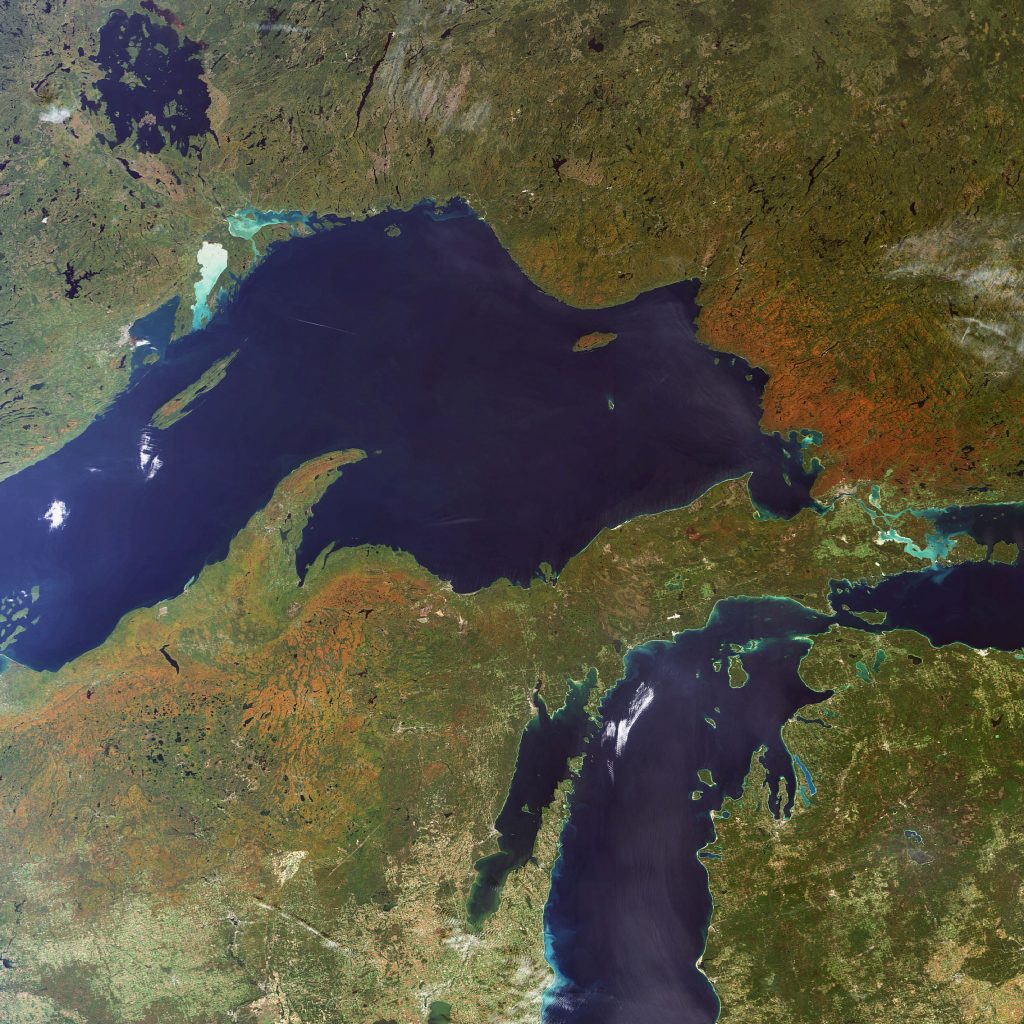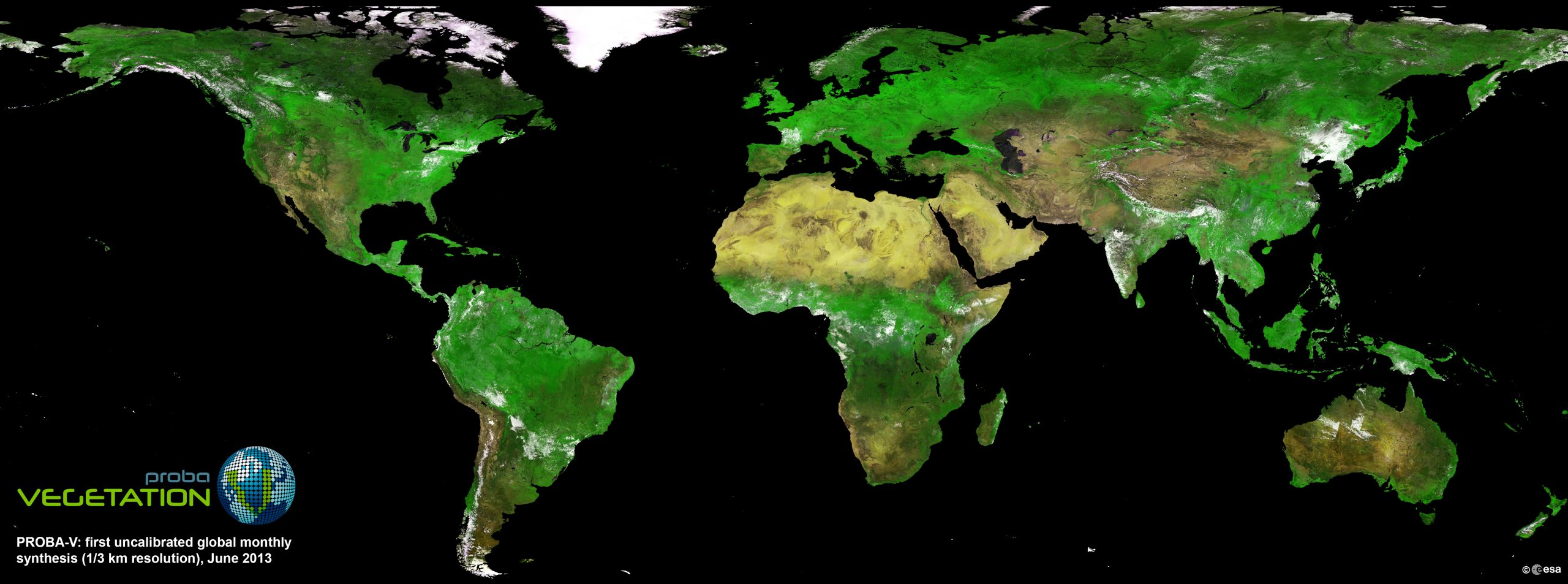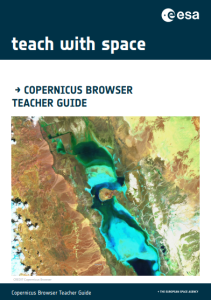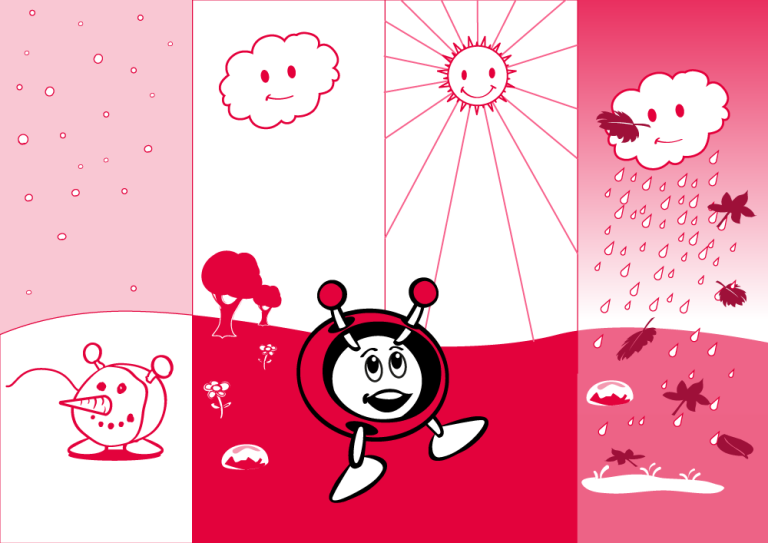One year on Earth – Understanding seasons
This resource includes two activities to foster and enhance pupils’ knowledge of seasons, and focuses on the basic mechanism behind different seasons on Earth. The resource is divided into different parts, therefore enabling a gradual acquisition of the topic and content. The starting point is a general discussion about seasons by considering the changing colours on Earth over the course of a year. This is followed by a hands-on activity that aims to let pupils explore the influence of the Sun-Earth system on seasons.
Subject Geography, Science
• Understand that some trees look different at different times of the year due to seasons.
• Understand that seasonal changes can also be seen from space.
• To explain the relationship between the Sun and the movement of the Earth, and its influence on daytime and night-time
• To explain why there are seasons on Earth and what influence the Sun has on them
• To analyse images and extract relevant information
• To work together and share conclusions


• Polystyrene sphere (approx. 10 cm diameter)
• Pen
• Small flag of your country
• 1 wooden skewer
• 2 sheets of A4 paper
• Sticky tape
• Drawing compass
• Torch
• Globe (optional)
Did you know?
Th Earth observation satellites can monitor seasonal changes on Earth from space. Satellites like the European Sentinel-3 carry instruments that can measure changing amounts of chlorophyll in plants, both in oceans and on land. They can also measure radiation emitted from the Earth’s surface, revealing how the temperature of the land changes during the year. In addition, satellite data can be used to monitor the health of Earth’s vegetation and to reveal how the colour of vegetation can change in a year! One ESA satellite specialised in observing vegetation is Proba-V, a minisatellite that is tracking global vegetation growth.


The Carbon Cycle
Brief description In this set of three activities, students will learn about the carbon cycle and use it to identify actions at the individual and

The greenhouse effect and its consequences – Investigating global warming
Brief description In this set of three activities, students will do hands-on experiments and learn how to interpret satellite images for better understanding the overall

Copernicus Browser Teacher Guide
Brief description The goal of this guide is to help teachers navigate the main tools of the Copernicus Browser and demonstrate how to use them


